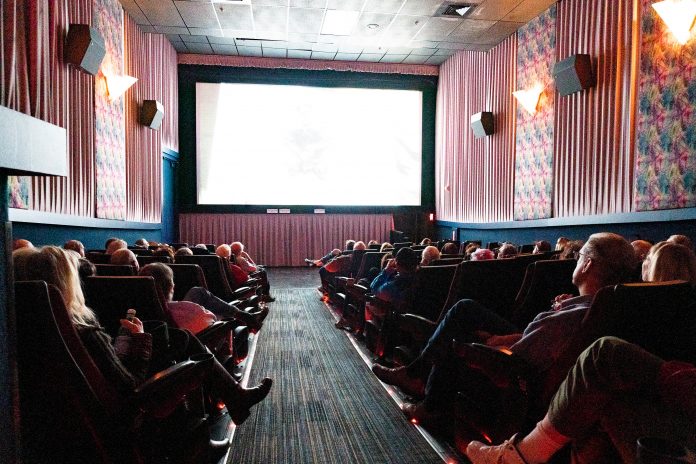Like most businesses, the movie theater industry took a major hit in 2020, and seats remain empty while in some states the theaters are dark.
While the larger theater chains suffered from government-ordered closures, as well as Hollywood postponing or canceling the release of expected blockbusters, art house theaters like the Mary D. Fisher Theater in Sedona have been able to keep their heads above water during this pandemic storm.
“We’re here, we’re strong and functioning and poised to be around for a long time,” said Patrick Schweiss, executive director of the Sedona International Film Festival, which runs the Mary D. Fisher Theater. “Independent movie art houses have more stability during these times than the megaplexes because we’re not dependent on the Hollywood product.”
Hollywood shut down so much of its operations during the pandemic, Schweiss said. And because of theater closures, studios kept pushing the release dates of their films later and later — or they didn’t screen them in theaters and instead sent them straight to streaming services. And in some cases, like Warner Brothers and Universal, studios are releasing films the same day on both streaming services and in major theaters.
“We aren’t that way because we don’t depend on that product,” Schweiss said. “We show films from independent producers, independent directors and independent filmmakers that don’t go through the normal studio channels. So, we have product that will always be available to us.
“While the industry as a whole is hurting — who isn’t, every business is — but the theater business industry was hit very hard, including live theaters and movie theaters. Now that we have been able to reopen, the challenges the megaplexes are facing, we are not facing.”
He said that’s because it comes down to SIFF’s product and the fact that it is member-supported.
“Literally, our members have kept us alive this year,” he said. “We were closed for five months, between the two closures, so on paper there was no way we should have survived.”
Schweiss credits not only the theater members but the SIFF board for deciding to continue paying staff, even when the theater was dark. Both the members and board donated funding, which allowed that to happen. Even when the doors are open, only one-third of the seats are available due to COVID guidelines outlined by Arizona Gov. Doug Ducey’s executive orders.
“When we were able to reopen again, we were in much better financial position than we could have been, and that’s because of our membership,” he said.
As far as the long-term impact the pandemic will have on movie-going as it’s now known, Schweiss said he’s optimistic.
“I think eventually the industry will weather the storm,” he said. “I think in the short term, it still may be a little tough as people have started adapting to streaming movies on their TVs and other devices.
“However, I think once we are through the pandemic threat, I’m really optimistic that people will want to return to the theaters and cinemas to see the films the way they were meant to be seen: On the big screen in communal viewing with other movie lovers. There is nothing like the magic of that experience, and I think eventually we will be back to that.”
Schweiss added, “We are grateful that we are already seeing our incredible audiences returning to the Mary D. Fisher Theatre, and I think that is going to continue to grow for both art house theaters and the megaplexes as we navigate the vaccinations and get out of the winter spread of the virus. We will be here, continuing to welcome people back to the theater, the entire time. And we will continue to do our best to keep up the health, safety and cleaning protocols that we’ve put in place.”






















